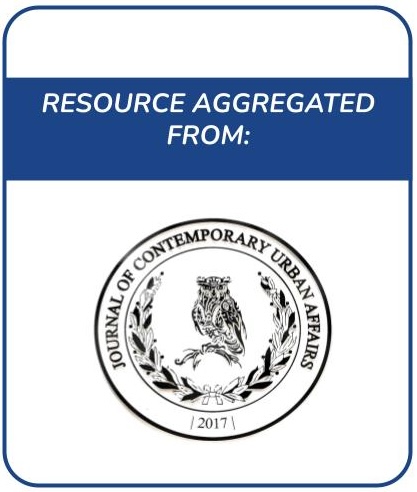Agricultural Investments and Farmer-Fulani Pastoralist Conflict in West African Drylands: A Northern Ghanaian Case Study
In the Global South, there is a push to drive agricultural modernisation processes through private sector investments. In West African drylands, land concessions are required for such agri-businesses are often negotiated through customary authorities, and inject large amounts of money into localised rural systems with low cash bases. The article argues that such transactions serve to increase area under crop cultivation on an inter-seasonal basis, as financial spill-overs allow for farmers to purchase larger quantities of agricultural inputs and prepare larger tracts of land.











